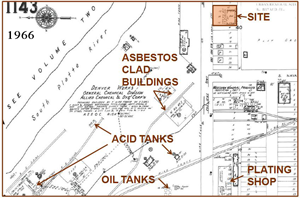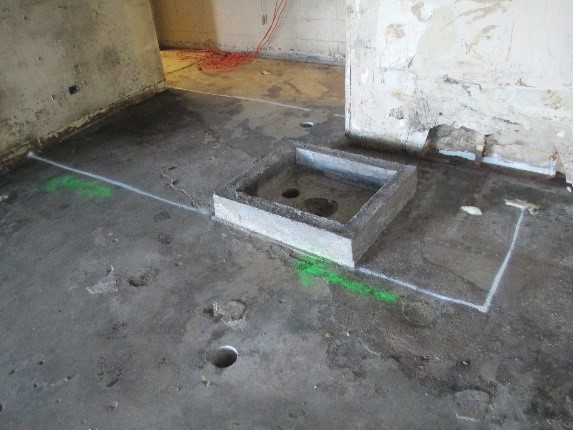Environmental Site Assessments
Phase I Environmental Site Assessments
- Evaluate historic property usage for Recognized Environmental Conditions
How it works:
We perform records review, site reconnaissance, and interviews per ASTM E1527-21 to identify the presence of recognized environmental conditions during the due diligence period of a property transaction.


We review readily available records to help identify likely contaminants and locations, such as facility Information – e.g., building plans, state and federal permitting records, prior audits/assessments, compliance records, contaminant migration pathways – e.g., topographic information, soil and subsurface data, groundwater information, environmental and health record databases and public records – e.g., state and local health departments, OPS, CDPHE, health assessments, fire insurance maps, aerial photographs, deed and title records.
While conducting a site visit, we observe for features such as: odors, wells, vents, pits, ponds, lagoons, drums or storage containers, stained soil or pavement, distressed vegetation, waste storage areas, or tank piping. We conduct interviews to obtain additional information on prior and/or current uses and conditions of the property. We interview individuals such as: site owner and/or site manager, site occupants, government officials, neighbors, and the user. Indications of recognized environmental conditions identified during these investigations may warrant a Phase II Environmental Site Assessment.

Phase II Environmental Site Assessments
- Soil/soil vapor sampling
- Well installation/groundwater monitoring
- Indoor air sampling
- Reporting to owners and/or regulatory agencies
- Submit No Further Action (NFA) requests

How it works:
One purpose of the Phase II Subsurface Investigation is to assess whether identified historic on-site or off-site recognized environmental conditions have impacted the soil and/or groundwater conditions beneath a property.
A determination is made whether the integrity of the property has been impacted. This determination is made through sampling and laboratory analysis. The results are compared to an appropriate set of screening levels for contaminants in soil and/or groundwater using an appropriate risk-based method, such as: the OPS Risk-Based Screening Levels (RBSLs) and EPA Regional Screening Levels (RSLs) as required by CDPHE and Basic Standards for Groundwater.
Often temporary groundwater wells are quickly and cost-effectively installed through the use of a mobile dual-method drilling rig with both direct push and auger capabilities (Hurricane rig shown).
Based on the results, a No Further Action (NFA) request may be justified or the site status may require Site Remediation.

Any Questions? Get in Touch!
With many unique projects under our belt, we have vast knowledge in Environmental Site Assessments and Site Remediation. Contact us to discuss your project today.
